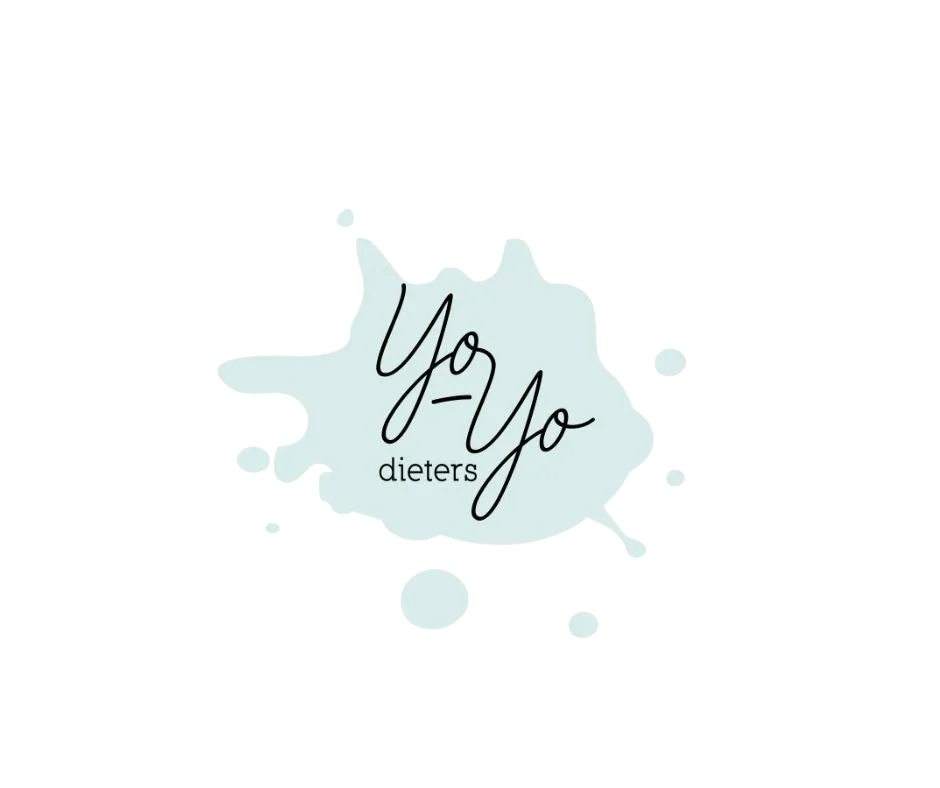
Understanding Your Hunger Cues: Physical vs. Emotional Hunger
Have you ever found yourself standing in front of the fridge, not sure if you're actually hungry or just bored? You're not alone. Understanding the difference between physical and emotional hunger is crucial for developing a healthy relationship with food. Let's dive into how to recognize and respond to your body's true hunger signals.
Physical vs. Emotional Hunger: The Key Differences
Physical Hunger:
Gradual onset
Can wait to eat
Open to various food options
Stops when full
No guilt afterward
Emotional Hunger:
Sudden onset
Feels urgent
Craves specific foods
May continue despite fullness
Often followed by guilt
Understanding Your Body's Signals
Physical Hunger Signs:
Empty stomach feeling
Growling stomach
Light-headedness
Difficulty concentrating
Gradual energy decline
Clear hunger signals
Emotional Hunger Triggers:
Stress
Boredom
Loneliness
Celebration
Anxiety
Habit
The Hunger Scale: A Practical Tool
Rate your hunger from 1-10: 1: Starving, irritable 3: Very hungry 5: Neutral 7: Comfortably full 10: Uncomfortably stuffed
Best Practice: Eat when you're at 3-4 and stop at 6-7
Developing Mindful Eating Habits
The Pause Practice Before eating, ask yourself:
When was my last meal?
Am I physically hungry?
What emotions am I feeling?
What does my body need?
Physical Hunger Management
Eat regular meals
Plan healthy snacks
Stay hydrated
Balance nutrients
Emotional Hunger Solutions Instead of eating, try:
Taking a walk
Calling a friend
Journaling
Deep breathing
Meditation
Engaging in a hobby
Creating a Healthy Relationship with Food
Regular Meal Schedule
Plan meals ahead
Eat every 3-4 hours
Include protein at each meal
Stay hydrated throughout day
Mindful Eating Practices
Eat without distractions
Chew slowly
Put utensils down between bites
Check in with hunger levels
Emotional Awareness
Keep a food-mood journal
Identify trigger situations
Develop coping strategies
Practice self-compassion
Common Scenarios and Solutions
Late Night Cravings Ask yourself:
When was my last meal?
Am I actually tired?
Could this be stress?
What else could I do?
Stress Eating Alternative responses:
Take a break
Practice deep breathing
Move your body
Call a support person
Social Eating Strategies:
Eat before events
Focus on conversation
Choose mindfully
Stay hydrated
Building Better Habits
Morning Routine
Start with water
Eat within an hour of waking
Include protein
Plan day's meals
Workplace Strategies
Keep healthy snacks available
Take proper lunch breaks
Stay hydrated
Move regularly
Evening Routine
Plan dinner time
Create relaxing environment
Avoid late-night eating
Practice stress relief
Action Steps:
Start a Hunger Journal Track:
Hunger levels
Emotions before eating
Food choices
Satisfaction after meals
Create a Toolbox Include:
Stress relief techniques
Alternative activities
Healthy snack options
Support contacts
Practice Regular Check-ins Ask:
Am I hungry?
What do I need?
How full am I?
What would satisfy me?
Remember: Learning to distinguish between physical and emotional hunger takes time and practice. Be patient with yourself as you develop this new awareness.
